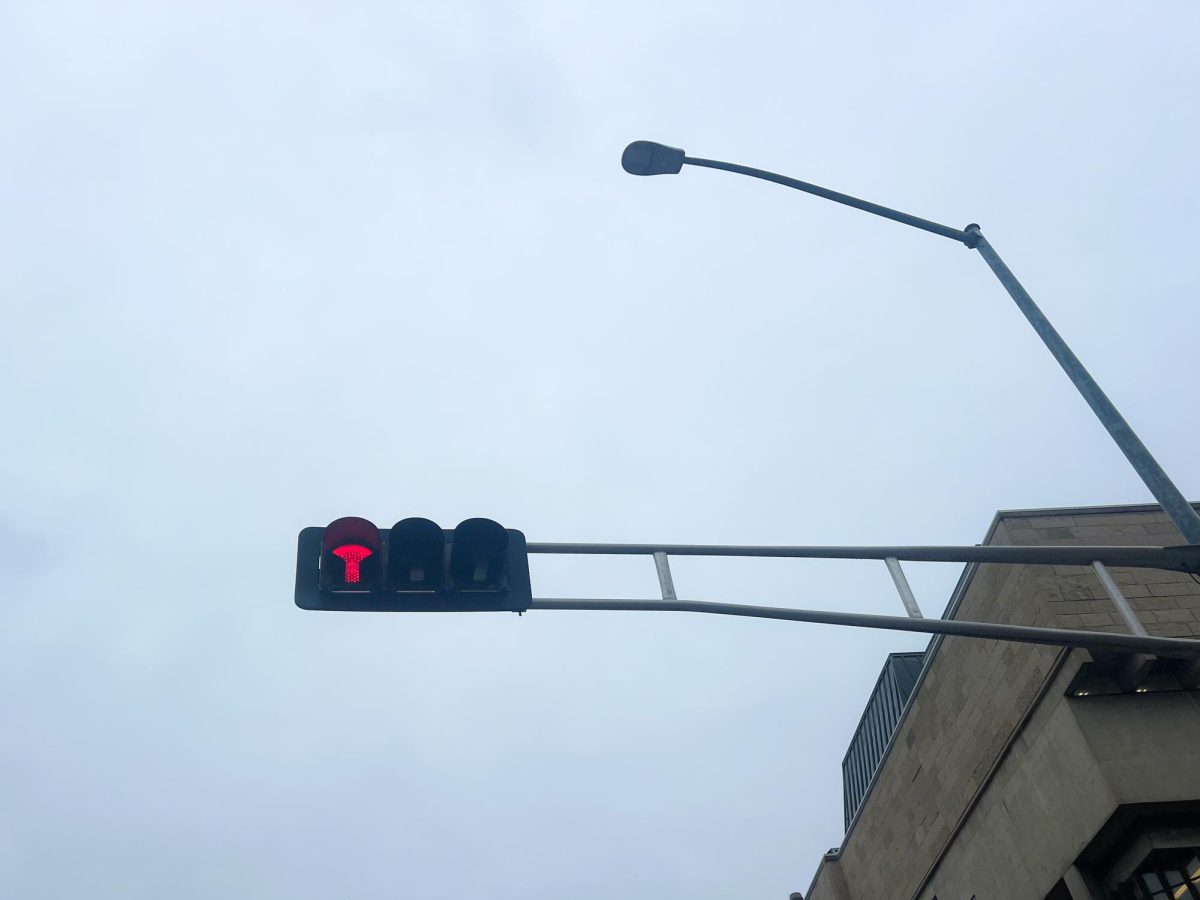City officials are one step closer to creating a stronger student voice for representation after a city commission agreed to adopt a proposal to keep certain segments of the student population together during a hefty redistricting process.
Ald. Scott Resnick, District 8, said a number of proposals he had brought to the attention of the city’s planning staff would be reviewed at Wednesday’s Reapportionment and Redistricting Ad Hoc Committee meeting under the Plan 9 proposition, which is his plan for redistricting.
Three of Resnick’s four suggestions were incorporated into city drafts. Primarily, Plan 9 brings the entire Spring Street neighborhood, the Lakeshore dorms and Ogg Hall into District 8. District 8 would maintain Eagle Heights, and a large portion of the Langdon Greek community would be represented by District 2.
Resnick said keeping the Spring Street area in District 8 and bringing all of the Lakeshore dorms into the same district were the most important changes made in Plan 9.
“The Spring Street area really is a student-centric area – 90 percent of that area is students, and it’s a very different feel than on the other side of Regent Street,” Resnick said. “To keep that collective voice really ensures the student voice is going to be heard and not be fractured by another alder coming in.”
Although Resnick said the updates in Plan 9 were a huge improvement and an acceptable alternative, he said the plan still splits Stateside and Towers into two separate districts, which he said could cause confusion. He said he would argue to change the separation, but said census data was the original deciding factor.
Ald. Shiva Bidar-Sielaff, District 5, said she was a large supporter of the newly additions to plan 9 because they bring in a number of alders to represent students while still keeping student blocks together. The plan proposes maintaining most of the western area of campus, University Houses, The Cove and Eagle Heights in District 5.
“I really pushed for a plan that would leave part of campus in District 5 because I thought it was really important to make sure there is student representation amongst a number of alders so that students have more of a voice on the council than just one alder,” Bidar-Sielaff said. “I think it does a good job of addressing the concerns I had about keeping the balance of student representation in Districts 4, 5 and 8.”
At Thursday’s Ad Hoc meeting, the committee will most likely choose about three proposals to take forward to the public for community input, she said. Following the community input portion, the final selection will be taken to the City Council, which will take a vote on the redistricting map in June.
City of Madison Planner Brian Grady said he foresees Plan 9 making it through to the community input sessions, along with what he said has been a popular Plan 7 and probably one or two other proposals. Plan 7 shows many of the same proposals as Plan 9 with some modifications made to the downtown area, he said.
Grady said the arguments Resnick and Bidar-Sielaff have made appear to be logical reasoning, causing him as a city staffer to support and agree with most of what the alders have been trying to accomplish.
“We use certain points of written criteria for the [redistricting] process and most of what they have said so far is consistent with that criteria,” Grady said. “It’s a balancing act, but I think the community is doing a pretty good job of balancing the act.”












